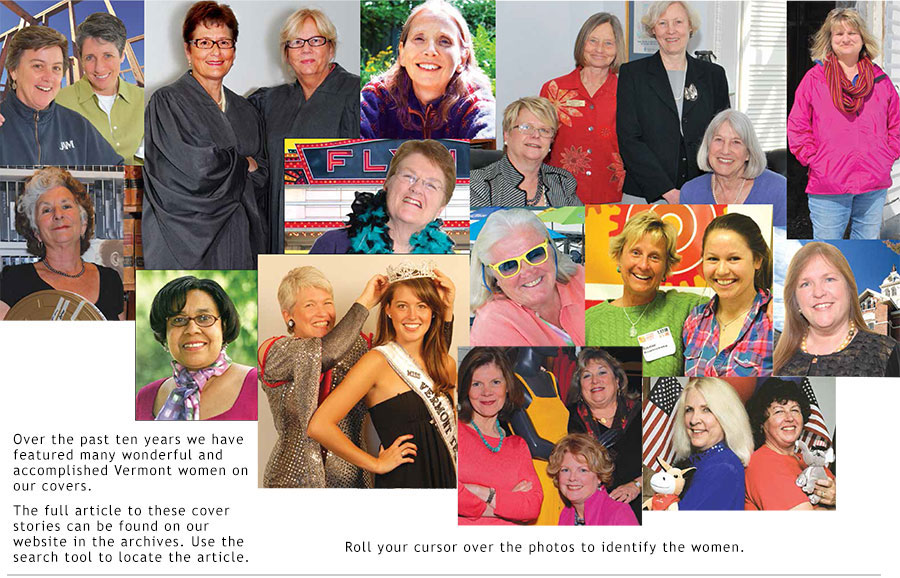| And who demonstrates most fully the bullying rights of private gain—My gain! Not yours!—by the most powerful and ruthless without constraint of fair taxes or regulation? What makes U.S. wealth inequality—its millionaires now billionaires—so acceptable a political player that government by the people can now be called the enemy, the problem?
Private fortunes make it possible. Yet the very gendered identity of the richest and the poorest Americans rarely makes the news as a story about gender. Gender inequality is so much the fabric of our lives, we cannot see it, perhaps afraid to pull a thread and unravel the whole.
Don’t Want to Know?
To see how dangerous to women invisible assumptions about social expectations are, use Google on your computer, or the computer at your library. A recent video of this experiment from a Brown University student, posted by UpWorthy, is on our Facebook page, but do this yourself.
In the search slot, type: “women should,” and see what Google’s auto fill comes up with, based on cumulative searches by everyone. Type in “men should.” Then type in “feminists should,” to see violent responses and why many women avoid identifying as a feminist. (See sidebar for answers.)
By the way, Vermont Woman defines a woman who believes she and other females are entitled to basic human rights as feminist, whether she calls herself one or not. We are aware she votes, and can even serve in office (if only she can find child care). We love the diversity of women’s many endeavors found in our pages, proof of our feminist pudding. But there’s more work to do.

Eyes, Ears and Jaws
We need never work alone. Our nation’s founders talked of the common welfare without embarrassment, even though they were hypocrites. No doubt we are, too, but solidarity brings political and economic advantage, when up against the odds. Freedom and Unity are still held in a healthy tension in our state.
In late October, I had the privilege of attending a Journalism and Women Symposium in Essex, Vermont. A national organization of 600 top-flight media women, JAWS works to advance women journalists, through training, mentoring and networking. Governor Madeleine Kunin gave a speech at the conference worth its own article (see link Learn More sidebar); I had the pleasure of hearing awe in voices of young journalists, who had never heard of Kunin or her books before—but had to wonder why not?
Joan Riddell Cook was one the founding mothers of JAWS, and one of seven plaintiffs in a 1974 class action suit against The New York Times, our nation’s best-respected newspaper. Seven women plaintiffs sought redress for all 550 females employed by the Times; their suit resulted in an affirmative action plan in 1978. It took 37 more years for a woman to be named executive editor at the Times in 2011.
So the keynote appearance of NYT’s editor-in-chief Jill Abramson was an historic occasion. She began by saying she had just been visiting colleges, where her daughter had used a new expression she would use tonight. “Because as soon as I walked into the room, I knew it. These are ‘my peeps,’” she grinned, and opened her arms to a cheer.
When she announced she had finally joined JAWS, there was a roar from 200 women journalists. One girl is a peep. Two hundred girlfriends can roar.
I learned Abramson had cried when an April story in Politico had accused her of being “stubborn,” using anonymous quotes, claiming she was “on the verge of losing the confidence of the newsroom.” She said she was “thrilled” when fellow women journalists saw it as “a shoddy, sexist…attack on me,” and they came to her side in a media storm.
Thirty years ago, women journalists’ outspoken response could not have happened. Nor would admissions about an editor’s emotions be part of any public professional presentation.
New Connectivity
The interconnectivity of the web was everywhere apparent at JAWS, in its hi-tech planning, in Abramson’s talk about changes at the Times and in workshops on visualizing data, and new enterprises begun. Diversity was evident and cultivated, its friendly woman-centered culture intentional.
One entrepreneur, Laura Amico, presented her new venture, called Homicide Watch. She began it when she lost her journalism job. News of downsizing media and layoffs were part of Abramson’s interview, too; it is the dark side of technology’s changes. The Women’s News Media Center reported this year that as newspapers’ employment numbers tumble, women in key jobs do, too.
Male front-page bylines at top newspapers outnumber female bylines by a margin nearly 3 to 1; men are also far more likely to be quoted than women in newspapers, television and public radio, even when the subject is abortion, birth control, Planned Parenthood and women’s rights, WNMC reports.
Women television news directors edged up to 30 percent, and radio news directors on radio is also up. There’s evidence the lower-paid online world may be somewhat fairer to women. Male bylines outnumbered female bylines at “only” four of six sites. Yet online women are “too often relegated to ‘pink topics’ of food, family, furniture and fashion,” said WNMC’s 2013 report.
Sometimes women who want to shape media have to start their own ventures. Amico’s journalism work in Washington D.C. had convinced her every murder’s harm ripples out into a community. Homicide Watch enabled her to post details of every case from beginning to end. Her inclusive approach—regardless of sex or race or importance of either the victim or the perpetrator—resulted in more democratic coverage. Her site connects unlikely but neighborly questions and sharing and comforts that are part of a community’s grief and its healing: it is a space for more than sensational horrors, much more than just the facts. |



